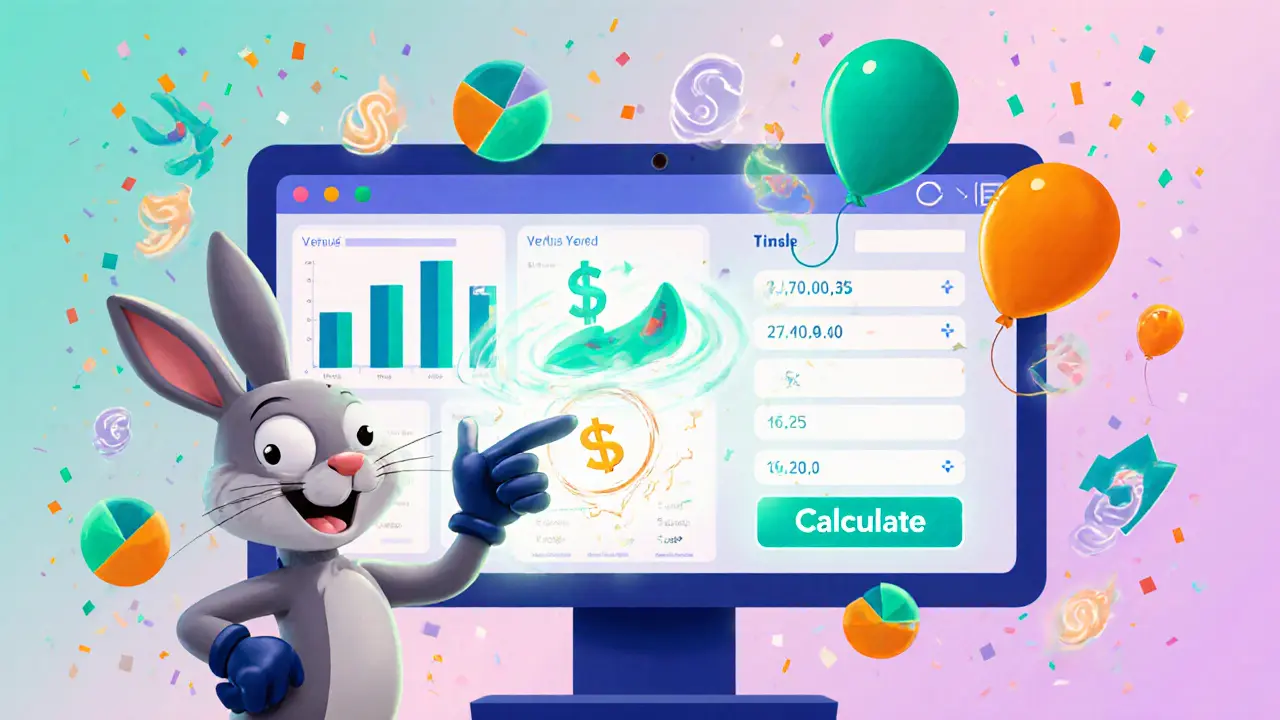Solend – Decentralized Lending on Solana
When working with Solend, a decentralized lending and borrowing platform built on the Solana blockchain. Also known as Solend Protocol, it lets anyone earn interest by supplying assets or borrow against collateral.
The Solend platform runs on Solana, a high‑throughput blockchain praised for low fees and sub‑second finality. Because Solana can confirm transactions in about 400 ms, Solend can offer near‑instant loan approvals and competitive rates. In the broader DeFi lending, a segment of decentralized finance where users lend and borrow without a central intermediary, Solend stands out for its speed and low cost.
How Solend Works and What You Can Do
At its core, Solend lets you deposit tokens like USDC, USDT, or SOL. Once deposited, those assets join a pooled market that borrowers tap into. Lenders earn interest that updates every block, so earnings compound quickly thanks to Solana’s fast finality. Borrowers must over‑collateralize, usually at a 150%‑200% ratio, which protects the pool from default risk. This risk model mirrors traditional finance but lives entirely on‑chain, meaning no paperwork, no middlemen.
One of the key benefits is the ability to earn on idle crypto. If you’re already holding stablecoins on Solana, dropping them into Solend can turn a flat‑lined balance into a modest yield. On the flip side, borrowers can unlock liquidity without selling their assets, preserving upside potential. Because all actions are transparent on the ledger, anyone can audit the health of each market.
Solend also integrates a governance token, SLND, which lets holders vote on interest rates, new market launches, and protocol upgrades. This token‑based governance ties back to the larger DeFi governance, the process where token holders influence protocol parameters through on‑chain voting. Participation in governance not only shapes the platform but can also reward active voters with additional token incentives.
Security is another hot topic. Solend contracts have undergone multiple audits and are monitored by on‑chain analytics tools. However, like any DeFi app, smart‑contract bugs or market crashes can pose risks. Users often mitigate exposure by diversifying across multiple lending platforms or keeping collateral ratios comfortably above the minimum.
Recent updates include the launch of the “Stable Market” for USDC and the introduction of “Flash Loans” that let developers borrow funds without collateral as long as the loan is repaid within the same transaction. These features expand Solend’s use cases, from arbitrage bots to liquidity provision for other protocols.
All of these pieces—fast execution on Solana, transparent lending mechanics, token‑driven governance, and ongoing feature upgrades—show why Solend is a cornerstone of the Solana DeFi ecosystem. Below you’ll find a curated set of articles that break down Solend’s protocol design, compare its rates to other platforms, and explore the latest market data. Dive in to see how you can put your assets to work or borrow efficiently on Solend.

